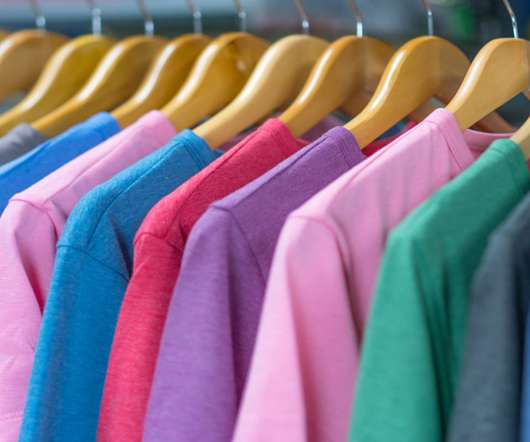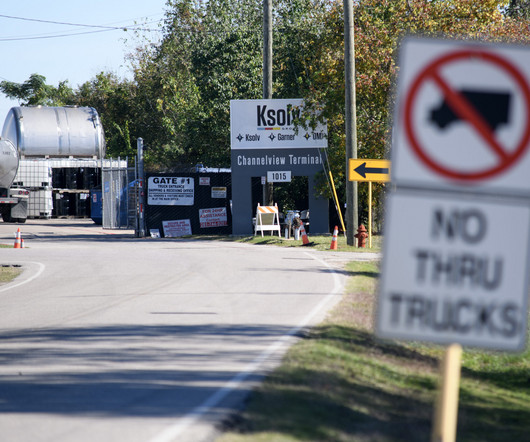Fast Fashion: the second biggest polluter on Earth
Envirotec Magazine
DECEMBER 12, 2019
A study by McKinsey & Company uncovered that in 2014 the average person owned 60% more clothes than the average consumer in 2000, but only wore them for half as long. Not only does this produce an inordinate amount of textile waste, it has also resulted in water usage for textile and fashion manufacturers rocketing.














Let's personalize your content